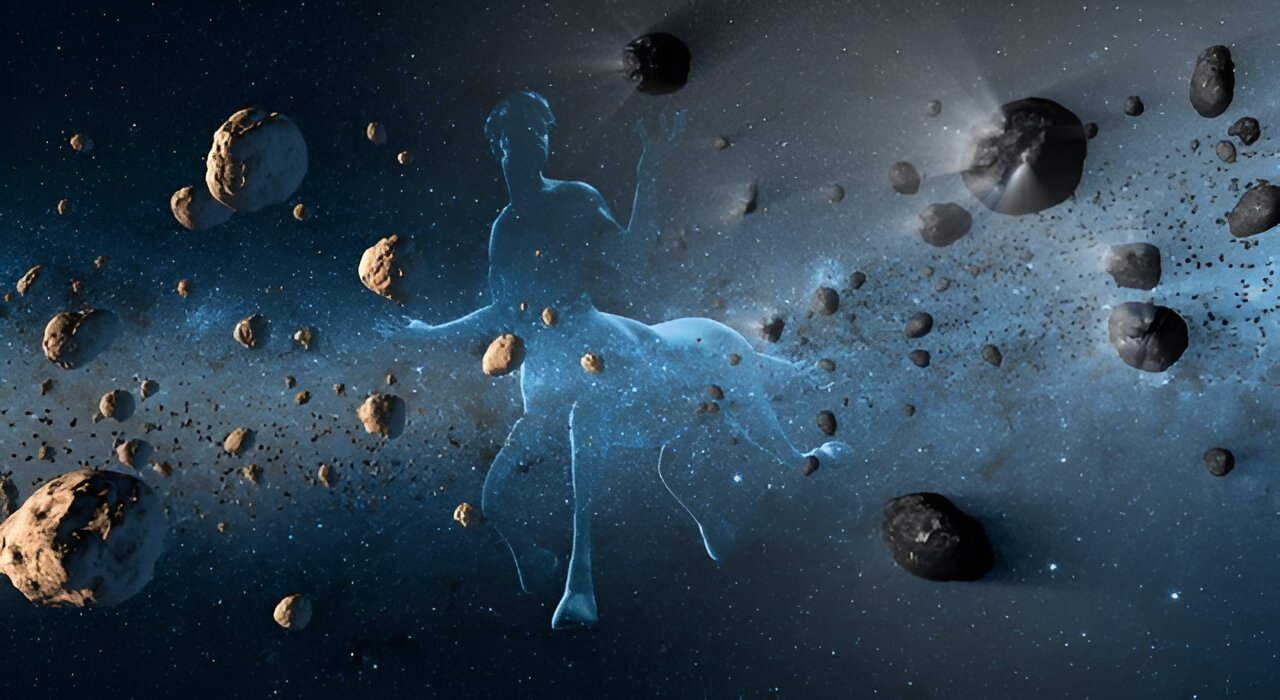Centaurs are asteroids that orbit between Jupiter and Neptune and often show some features of comets. Recently, in one of them, called 39P/Oterma, carbon dioxide was detected.

What is the centaur Oterma?
Scientists working with the James Webb Space Telescope have announced that they have found a new place in the Solar System where there are organic molecules. We are talking about the centaur 39P/Oterma where they found carbon dioxide.
Centaurs are a special class of asteroids that orbit in an unusual place between Mars and Jupiter. But intersect the orbits of the gas giants from Jupiter to Neptune. At the same time, their own trajectories are often quite elongated, like comets. And the release of gases makes them somewhat similar to “tailed stars”.
This was the centaur on which carbon dioxide was found. It was discovered in 1943 by Finnish astronomer Liisi Oterma, after whom it got its name. However, the designation 39P indicates that this body is now classified as a short-period comet.
Like no other centaur 39P/Oterma, astronomers have never seen it up close. However, observations with a telescope show that from time to time it is really enveloped by something similar to an atmosphere of gases that escape from the surface. The radius of this body is 2.21 to 2.49 km.
Carbon dioxide on a distant rock
To study the centaur, scientists decided to use the NIRSpec infrared spectrograph located at James Webb. It was assisted from Earth by the Gemini North and Lowell Discovery telescopes. Thanks to these instruments, carbon dioxide was discovered during the passage of its perihelion, i.e., the closest point to the Sun.
It is worth saying that the perihelion of the centaur has been increasing all the time over the decades of observations. At the time of discovery, it was 3.39 AU, then increased to 5.47 AU, and finally amounted to 5.71 AU. It is expected that it will continue to increase in the future.
Interestingly, the composition of 39P/Oterma did not detect water and carbon monoxide, which are present in previously studied centaurs, for example in 29P/Schwassmann-Wachmann 1. Scientists are not ready to answer how this can be explained, but they believe that the answer can be found by studying in detail the orbital histories of both celestial bodies.
According to phys.org
Follow us on Twitter to get the most interesting space news in time
https://twitter.com/ust_magazine


